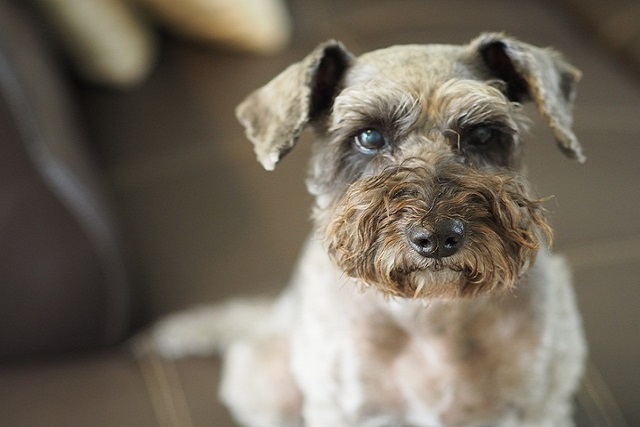
How do i train my dog to be obedient?
Watching your dog dart across the park ignoring your calls isn’t just frustrating—it can put them at risk near busy streets or public spaces.
That moment your dog joyfully jumps on a guest or pulls you down the street can make "good behavior" feel like a distant dream. But training your dog to behave isn't about enforcing strict obedience; it's about clear communication and teaching them what to do instead of what not to do. Canine learning theory shows us that behaviors which are reinforced—rewarded—are the ones that get repeated. This is why punishment-based methods often backfire, creating anxious or confused dogs. Instead, positive reinforcement training focuses on catching your dog in the act of being good and making it worth their while. This could be giving a treat for sitting calmly when the doorbell rings or offering praise when they walk politely on a loose leash. The goal is to build a dog who makes good choices because they understand what leads to good outcomes, not because they fear a bad one.
Putting this into practice starts with identifying what truly motivates your dog—often food, but sometimes a favorite toy or affection. Keep training sessions short, about 5 minutes, and always end on a positive note. Start in a low-distraction environment like your living room. If you're working on not jumping, ask for a "sit" before offering attention. If leash pulling is the issue, stop moving completely the moment the leash gets tight, and only proceed when there's slack. This requires patience, but it effectively teaches your dog that pulling gets them nowhere, while walking nicely makes the walk continue. This methodical, reward-based approach is the gold standard in modern dog training and is deeply aligned with animal welfare principles that reject intimidation and force.

This training mindset is inseparable from your role as a responsible community member. A well-behaved dog is one who can comfortably exist in shared spaces. This starts with ensuring your dog is always up-to-date on their rabies vaccination—a legal requirement for your protection and others'—and is properly licensed according to your local ordinances. Part of training is also teaching your dog to eliminate on cue in appropriate areas and always, without exception, cleaning up immediately with biodegradable bags. This is a fundamental act of respect for your neighbors and local parks. For those in apartments, this also means working on settling calmly in confined spaces and being mindful of noise levels. Remember, training is a continuous journey of bonding and communication. By using positive methods and upholding your civic duties, you're not just creating a polite dog; you're fostering a trusting relationship and ensuring your dog is a welcomed member of your community.

Watching your dog dart across the park ignoring your calls isn’t just frustrating—it can put them at risk near busy streets or public spaces.

New puppy owners often find themselves rushing to clean up accidents before they set in, and that’s where puppy pad training becomes a game-changer.

If you've noticed your dog's waistline disappearing and your veterinarian has mentioned those few extra pounds, your first instinct might be to simply reduce the amount of food in their bowl.

Training a dog to use a designated spot indoors isn’t as daunting as many new owners fear, but it does take consistency and an understanding of your pet’s needs.

That moment of dread on a walk is all too familiar for many new dog owners. You see another dog approaching down the sidewalk of your neighborhood

If the sight of another dog on your neighborhood walk makes your heart sink as your own dog erupts into a frenzy of barking and lunging, you're not alone.